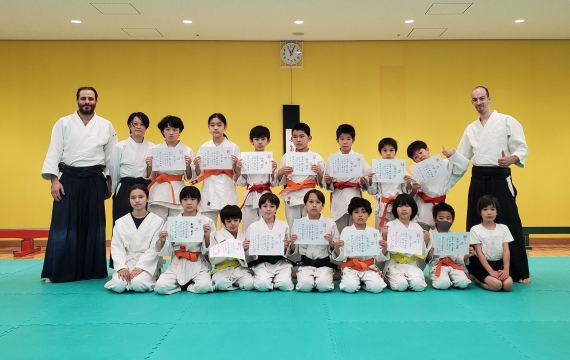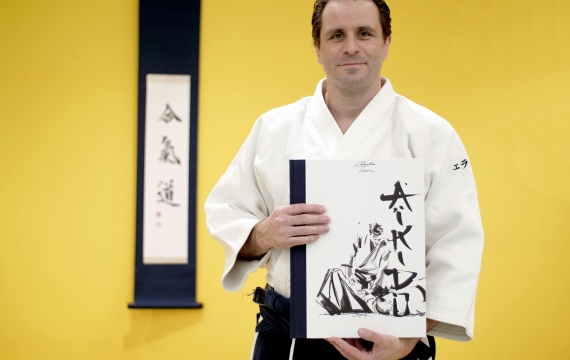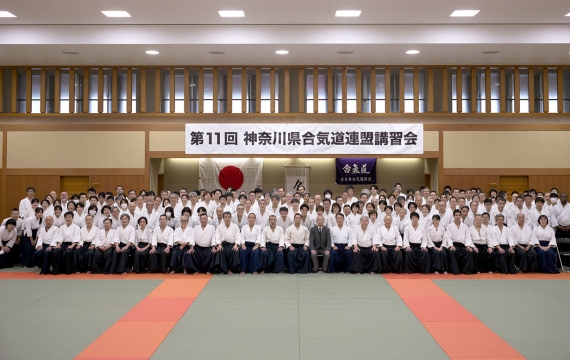
Seize enfants obtiennent un nouveau grade avec succès lors des examens annuels kyu
Le samedi 13 avril, le Yokohama AikiDojo a tenu ses examens annuels du niveau Kyu pour les enfants et nous sommes ravis d'annoncer que chacun des seize candidats a réussi son test !
...
Read More
Guillaume Erard participe au nouveau livre de Christian Tissier Shihan
Christian Tissier Shihan est sans doute l'aïkidoka non japonais le plus expérimenté et le plus connu en activité aujourd'hui. Depuis son retour du Japon, il a écrit de nombreux ouvrages technique...
Read More
11ème Stage de la Fédération d'Aïkido de la Préfecture de Kanagawa
La onzième édition du séminaire annuel de la Fédération d'Aikido de la préfecture de Kanagawa a eu lieu le dimanche 25 février au Kamakura Budokan. Cette année, il a été placé sous la direction d'Irie...
Read More



